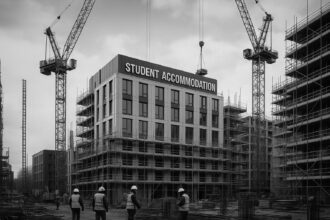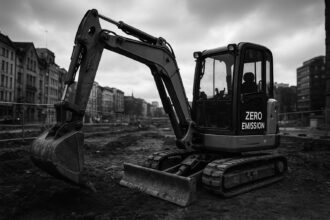Labour leader Sir Keir Starmer outlines plans to end the ‘boom and bust’ cycles in the UK rail sector, with significant proposals including the renationalisation of the railway network under the new policy ‘Rail Britannia’.
Labour leader Sir Keir Starmer has expressed a commitment to transforming the UK rail sector by ending the industry’s prevalent “boom and bust” cycles and introducing significant reforms including renationalisation. During a visit to Hitachi in Newton Aycliffe, Co Durham, Starmer highlighted the detrimental impact of potential job losses at UK-based train manufacturers like Hitachi and Alstom due to the Conservative government’s lack of a consistent industrial strategy. Labour’s proposed solution includes establishing long-term stability in rail sector order books, promoting decarbonisation, and reducing operational costs.
Shadow Transport Secretary Louise Haigh, supporting the initiative, announced plans to renationalise the railway network under a policy referred to as “Rail Britannia”. Haigh, known for her dynamic approach in Parliament, plans for the railway system to be publicly owned through the creation of Great British Railways (GBR), a body aimed at managing both train operations and rail infrastructure to streamline processes and eliminate bureaucratic overlap. The anticipated savings from this integration are projected to be around £2.2 billion annually. However, the immediate effect on passenger fares remains unclear pending further regulatory reforms.
Despite Labour’s detailed presentation of their rail strategy, Conservative Transport Secretary Mark Harper critiqued the funding aspects of the plan, cautioning that it might necessitate tax increases. Nonetheless, Labour’s proposals have been supported by industry expert Keith Williams, who previously led a government-commissioned rail review.
With public sentiment largely favouring renationalisation in response to ongoing issues with train service quality and reliability, Labour aims to address these challenges head-on by restructuring the railway industry to better serve the public, fiscal interests, and environmental goals. The evolving discussions among government officials, union representatives, and industry stakeholders highlight the complex dynamics at play as the future of the UK rail system becomes a focal point in political and public debates.













